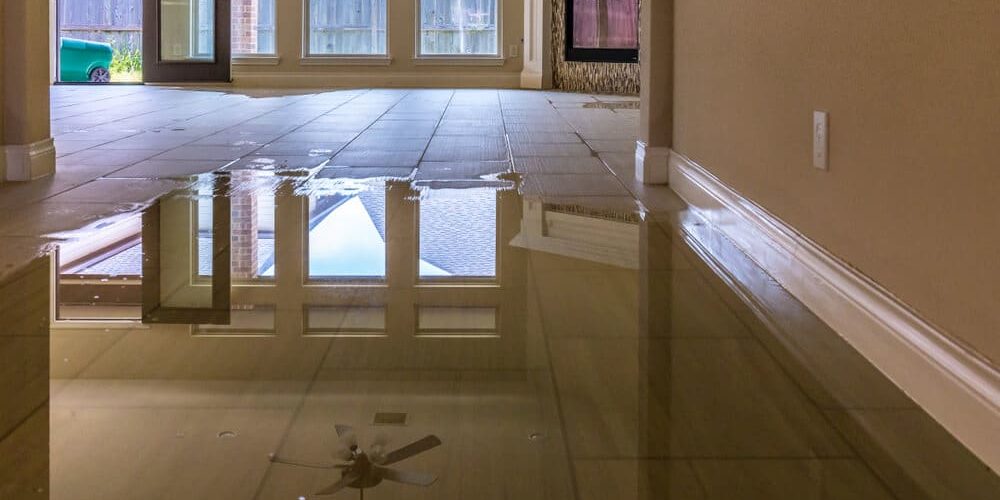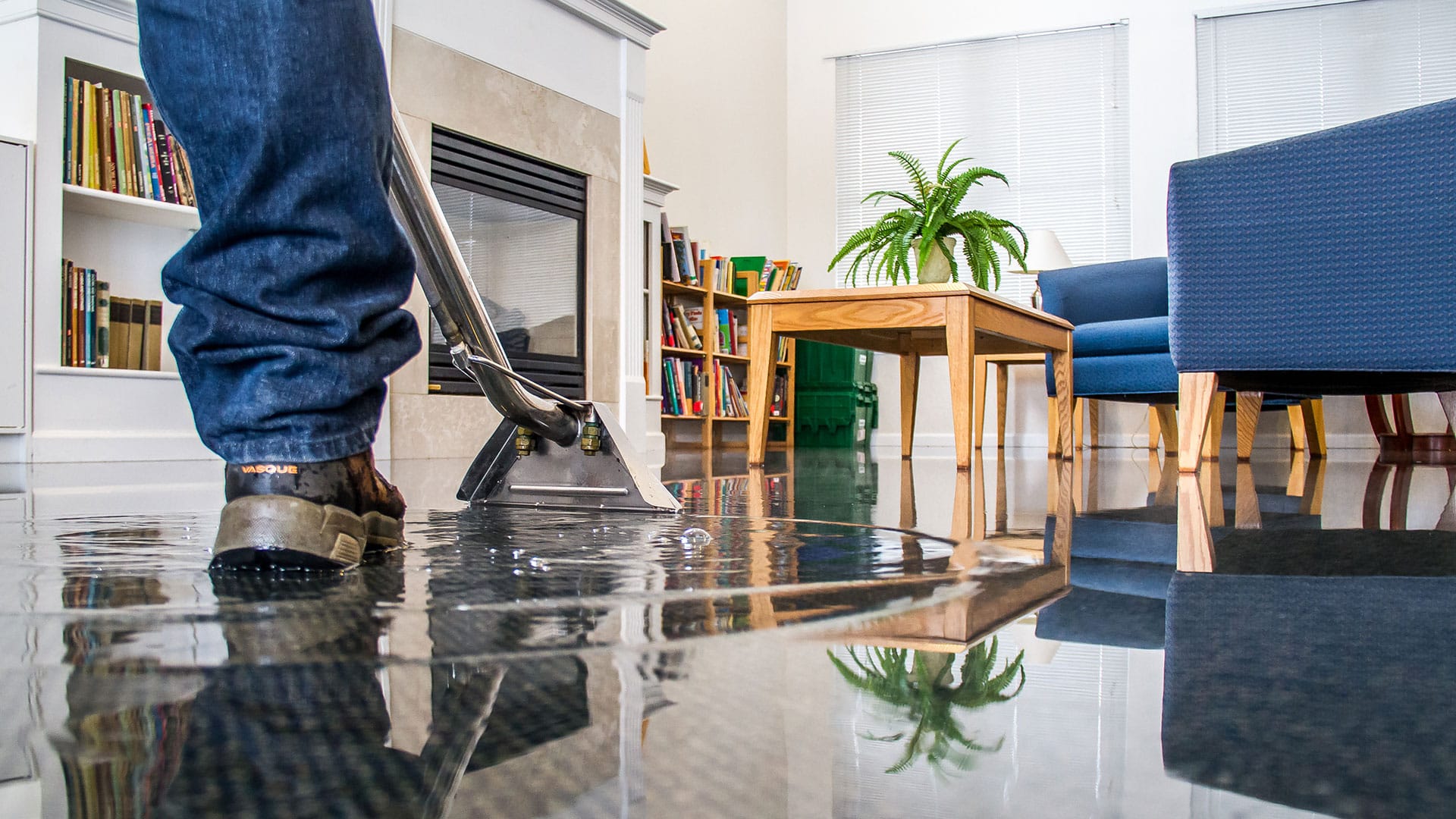The Refine of Water Damages Clean-up: Guaranteeing Your Home Is Restored Effectively
Water damage can be a daunting obstacle for home owners, requiring a organized and meticulous cleanup procedure to recover safety and capability. Originally, a detailed assessment is essential to recognize the degree of the damage and establish the proper remediation measures. Following this, reliable water removal strategies play an essential function in reducing further injury. The nuances of drying, disinfecting, and ultimate repair are similarly essential and usually overlooked. Understanding these stages can make a significant difference in the outcome of your home's remediation, triggering a closer consider what each step entails.
Analyzing the Damage
Upon finding water damage, the very first action is to extensively examine the extent of the influence. This first examination is critical, as it aids determine the required actions for reliable cleaning and reconstruction. Begin by checking the influenced locations, consisting of wall surfaces, ceilings, floors, and personal possessions, to identify the source of the water intrusion, whether from flooding, leakages, or condensation.
Recording the damages is vital for both insurance policy cases and intending restoration initiatives - damage restoration services. Usage photos and composed notes to capture the severity of the damages, keeping in mind any type of afflicted structural elements and products. Pay unique interest to areas that might not be immediately visible, such as behind wall surfaces and under carpetings, as concealed wetness can cause further problems, including mold development
Additionally, assess the timeline of the water direct exposure. Ultimately, a thorough evaluation lays the foundation for an effective water damage clean-up procedure, making sure that all impacted locations are dealt with effectively and completely.
Water Removal Methods

Experts typically utilize completely submersible pumps for bigger volumes of water, which can promptly ease flooding in basements or various other influenced locations. For smaller quantities, wet/dry vacuums are usually used to draw out recurring dampness from carpets and hard surface areas. Furthermore, using mobile extractors allows for targeted removal in constrained areas or locations with fragile products.
In circumstances of infected water, such as sewer or floodwater, progressed removal strategies might entail the usage of biohazard tools to guarantee safety and security and conformity with wellness regulations. High-powered extraction tools are critical in minimizing water retention in structural products, which can bring about mold growth and structural wear and tear if not dealt with promptly.
Ultimately, the effectiveness of water extraction strategies plays a crucial role in the overall success of the water damage cleaning procedure, laying the groundwork for subsequent repair efforts.
Drying and Dehumidification
Once standing water has actually been successfully drawn out, the following important phase in the water damage cleaning process is drying and dehumidification. This step is vital to prevent more damage and mold growth, which can take place within 24 to 48 hours in wet atmospheres.
To accomplish efficient drying out, specialized tools such as industrial-grade air moving companies and dehumidifiers is utilized. Air movers circulate air throughout wet surface areas, improving evaporation prices, while dehumidifiers decrease moisture degrees in the air, advertising a conducive setting for drying. The mix of these tools ensures that dampness is extracted from walls, home furnishings, and floors, enabling them to dry completely.
It is essential to keep track of the drying out procedure carefully. Specialists commonly use wetness meters to assess the wetness web content in various products, guaranteeing that all influenced areas get to appropriate dryness degrees. This thorough method assists to stop covert dampness pockets that can result in architectural damages or unhealthy mold growth.

Cleaning and Disinfecting
After the drying out and dehumidification phase is total, the next vital action in water damage cleanup is cleaning up and disinfecting the influenced locations. This procedure is crucial to avoid the growth of mold, bacteria, and other pathogens that grow in wet settings.
The cleansing stage commonly entails getting rid of any type of debris, dirt, and contaminants from surfaces making use of specialized cleansing representatives. For difficult surfaces, a combination of soap and water or commercial cleansing items is usually used. Soft materials, such as upholstery and carpets, might need a lot more substantial cleaning methods, consisting of vapor cleansing or deep extraction techniques, to guarantee comprehensive sanitation.

Sterilizing complies with cleansing, using EPA-approved disinfectants to eliminate unsafe microbes. This step is important, specifically in locations that may have come into contact with floodwaters or sewer, as these sources can pose major health threats.
In addition, it is necessary to resolve any continuing to be odors, which might need the use of smell neutralizers or sophisticated techniques like ozone therapy. Proper cleansing and disinfecting not only restore the safety and security and health of your home but likewise prepared for successful reconstruction and repair work in succeeding phases official statement of the water damages clean-up procedure.
Repair and Repair Work

Once the evaluation is total, repair initiatives can start. This typically includes fixing or changing damaged products, ensuring that all work abides by neighborhood building ordinance and criteria. If drywall has actually been jeopardized, it will certainly require to be eliminated and changed with new material. Furthermore, floor covering may require similar interest, depending on the degree of water direct exposure.
It is crucial to involve seasoned repair experts during this process, as they possess the experience to handle complex repairs effectively. Furthermore, they can aid minimize possible future problems, such as mold growth or structural instability, therefore making sure a safe and habitable living environment. Ultimately, reliable restoration and repair services restore the home's honesty and enhance its general worth.
Final Thought
To conclude, the process of water damages cleanup is important for restoring a home to its pre-damage problem. Each phase, from assessing the damage to implementing efficient water removal techniques, adhered to by extensive drying out, sanitizing, and required fixings, plays a necessary role in guaranteeing safety and security and compliance with building criteria. Effective execution of these steps not just mitigates immediate damage however likewise boosts the long-term stability and worth of the home.
Water damages can be a complicated difficulty for house owners, necessitating a structured and careful clean-up process to restore safety and capability. Inevitably, a thorough evaluation lays the groundwork for a successful water damages clean-up process, guaranteeing that all affected locations are attended to successfully and completely.
Effective water removal methods are vital in reducing damage and protecting against additional problems adhering to a water intrusion occasion.In final thought, the process of water damages cleanup Discover More Here is critical for logic board water damage repair recovering a home to its pre-damage condition. Each stage, from examining the damage to carrying out efficient water removal methods, followed by detailed drying, disinfecting, and needed repairs, plays an important duty in making sure safety and compliance with structure requirements.